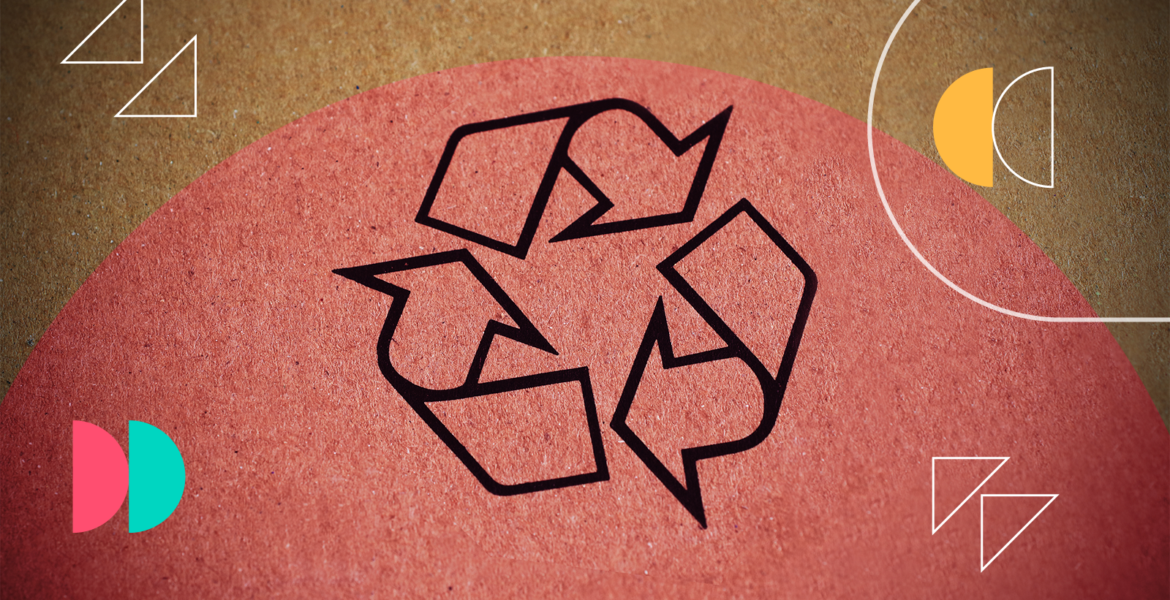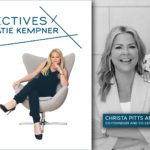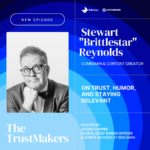By Kelly Broomhead, Client Services Director, Born Ugly
Brands have a responsibility to be sustainable. End of.
We know they have challenges around renewable material sourcing, eco-friendly production costs, hitting margins to keep retailers happy, regulations and taxes which get in the way of acting in the most sustainable way.
It’s a difficult balance producing truly eco-friendly goods that consumers can afford, with brands even as big as Coca-Cola struggling. Only recently, its Chief Executive stated that they may have to sell more drinks in plastic bottles due to the tariffs placed on aluminium, seriously harming their sustainability targets.
But this doesn’t mean things aren’t moving in the right direction.
We’re seeing more and more brands and retailers sharing best practice on eco-friendly materials and production processes. For example, in February the Design for Recycling guidelines for packaging were published, to help people and companies understand which materials are best.
We’re seeing grass being used in fashion, brewers’ grains in food and drink categories, and shrimp shells and seaweed being used as an alternative to plastic packaging.
It’s a really exciting and innovative time.
What about consumers?
On the flip side, we read a lot of consumer attitudes.
The Gen Zs of this world are claiming to buy more sustainably than boomers, despite boomers having more disposable income. We know that they are driven by convenience, affordability, and loyalty.
Brands can adopt a circular economy approach and encourage the recycling of products, along with financial incentives all they want (Bower being a great example of this), but are consumers choosing to be part of the circular economy approach, or are they the blockers to its success?
The ugly truth is that brands can move to the most sustainable materials and practices but are reliant on consumers doing the right thing once it’s in their hands.
For example, take the latest recycling stats. In the UK, 44.1% of household waste was recycled in 2022, which was down from 44.6% in 2021. Despite the large promotion of recycling across society, ultimately there is a lack of clarity from consumers on what can and can’t be recycled.
The fundamental fact is that brands need to better inform their customers on the sustainable benefits of their product and how these benefits can be achieved. From there, it’s in the consumers’ hands to actively change their behaviour.
It’s a shared responsibility where one side can’t work without the other.
How can brands encourage the circular sustainability economy?
Now the question shifts to how brands can encourage and strengthen this collaborative ecosystem of sustainability between themselves and consumers.
And with numerous regulatory and legislative changes set to come into effect in the next few years, now’s the time for brands to create a ripple effect that translates into their customer’s everyday behaviour.
Here’s some food for thought for brands to help inform and educate consumers about their products sustainability:
- Focus on educating consumers through awareness campaigns from a young age. While many people learn about materials at school, they don’t properly understand the why, behind the what. My eight-year-old and five-year-old know they need to do it, but don’t fully understand how the lifestyle of materials work or the impact their choices will have.Recycling and sustainability need to be hardwired into consumer’s daily habits from the get-go. We’ve witnessed some memorable awareness campaigns over the years such as The Think! Hedgehog Road Safety and Change for Life Schools video. Could we see something similar for recycling?
- Recycling information needs to be clearer and easier to find. A lot of packaging may say what can and can’t be recycled, but sometimes the system can be confusing. If a product is made from different materials that need separating, brands should make that obvious.Take cellular health brand MitoQ as a best-in-class example. We collaborated with them on a new bottle structure to elevate their consumers experience of the brand at every touchpoint. We worked hard with manufacturers to secure a polypropylene bottle and cap, to make it easier from a recycling perspective, as well as making the volume smaller.
- Brands should take advantage of new tech to educate consumers. With QR codes set to replace traditional barcodes in 2027, this presents a significant opportunity for brands to drop more educational content into the consumer’s purchasing path. A short, engaging video on how to recycle each product could be a simple way to make the process clearer while helping consumers learn more about the materials they’re handling.
Ultimately, brands can make a conscious decision when it comes to their production, operations and the materials they use, but they are at the whim of the consumers once they pick their product up from the shelf.
Without the right information, education and level of engagement, sustainability will always just be a buzzword that’s thrown around as a supposed point of difference for brands.
So, without proper action from both brands and consumers, the ugly truth is that the baton of sustainability will always be passed between both sides, much to the detriment of the greater good.











